Good old Scooby-Doo is perhaps the most iconic hungry dog in the history of media. His endless appetite and bottomless stomach are motivation enough for Scoob to overcome his cowardice time and time again. But is there a grain of truth to Scooby Doo’s animated antics? Many dog breeds are indeed heavily motivated by food. Thanks to their zeal for snacks, the most food-obsessed breeds have made our top seven list. This overwhelming urge to eat can lead to weight issues in some breeds if their diet is not thoughtfully managed. On the other hand, food-loving canines can often be trained more easily, thanks to their cravings for grub.
If your canine’s food obsession has gotten out of hand, you are not alone. According to a recent study, about 50 percent of all pets are obese in the world. Luckily, researchers have found some probiotic strains effectively reduce body weight and balance your dog’s gut health, even when paired with a high-calorie diet. So, looking into supplements or probiotics for your dog can help to curb any obesity issues you are concerned about.
Does your dog inhale kibble like a tiny furry Hoover? Do they stare at you with heart-melting puppy eyes every time you open the fridge? While their enthusiasm for food is adorable, managing their weight is crucial for long-term health and happiness.
Tips for managing your dog’s weight:
Portion Control is Key:
- Measure their food accurately: Don’t eyeball it! Use measuring cups specifically designed for dog food to ensure they’re getting the right amount based on their age, weight, and activity level.
- Resist the begging eyes: It’s tough, but giving in to every pleading look sets a bad precedent and fuels their obsession. Offer affection and playtime instead of extra treats.
- Divide meals into smaller portions: Spreading their food out over multiple meals throughout the day can help them feel fuller for longer and prevent overeating.
Outsmart the Treat Monster:
- Make treats work for them: Use kibble for training and puzzle toys instead of store-bought treats. This keeps them mentally stimulated and physically active while managing their calorie intake.
- Get creative with low-calorie options: Freeze fruits and veggies in ice cubes for a refreshing summer treat, or use low-sodium broth as a flavorful topper for their kibble.
- Hide the hidden calories: Beware of sneaky sources of calories like table scraps, human snacks, and excessive chew toys with hidden fillings.
Exercise is Essential:
- Move it or lose it: Regular exercise helps burn calories and keeps your dog physically and mentally healthy. Aim for at least 30 minutes of activity daily, tailored to their breed and age.
- Incorporate food-motivated activities: Hide kibble around the house for them to sniff out, take them on scavenger hunts, or play fetch with food rewards instead of treats.
Seek Professional Help:
- Address underlying conditions: Sometimes, excessive hunger can be a symptom of medical issues like hyperthyroidism or diabetes. Consult your vet to rule out any underlying health problems.
- Get a personalized plan: Discuss your dog’s specific needs with a veterinarian or animal behaviorist. They can help create a customized weight management plan tailored to your furry friend.
Remember, a healthy weight is essential for your dog’s overall well-being. By implementing these tips and working with your vet, you can help your food-obsessed dog maintain a healthy weight, live a longer life, and still enjoy all the delicious moments life has to offer (in moderation, of course!).
Remember, while their enthusiasm for all things edible can be hilarious, it’s also a testament to their boundless joy and zest for life. Just keep those countertops clear and the treat jar firmly shut, and you’ll be rewarded with endless doggy snuggles and tail wags from your furry foodie friend. We searched through eight expert sources to compile this list of the most food-obsessed dog breeds. Let us know your thoughts in the comments below!
➡️ How Our “Best Of The Best” Lists Are Created
StudyFinds’ “Best of the Best” articles are put together with the idea of taking the work out of common consumer research. Ever find yourself searching for a product or service on Google and reading multiple reviews to find items listed across many of them? Our Best of the Best lists are created with that process in mind, with each item ranked by how frequently it appears on expert reviews or lists. With Best of the Best, you are getting consensus picks — making them truly the best of the best!
Top 7 Food-Obsessed Dog Breeds That Are Always Begging
1. Labrador Retriever
America’s favorite breed is also the most likely to beg. Labradors can become nefarious criminals that will manipulate innocent people into providing endless snacks. Hold onto your leftovers, because when it comes to food obsession, Labrador Retrievers reign supreme. According to Country Living, those heart-melting puppy eyes aren’t just an act – they’re backed by biology. The American Kennel Club crowns Labs the most persistent paw-trippers, always begging for a taste of our dinner.
But what makes Labs such chowhounds? Pets Love to Know delves into the science, revealing a unique genetic quirk – a mutated “greedy gene” called POMC. This mutation disrupts their appetite control, leading to an insatiable desire for food. And guess what? This gene is exclusive to Labs and their close cousins, Flat-coated Retrievers, making them a truly special (and hungry) bunch.
What is POMC? POMC, short for pro-opiomelanocortin, is a gene that plays a crucial role in regulating appetite and energy balance in many animals, including dogs. In Labradors and Flat-coated Retrievers, a specific mutation in the POMC gene contributes to their well-known food obsession. Normally, the POMC gene produces proteins called beta-endorphin and beta-MSH. These proteins act as signals in the brain, telling the dog when to stop eating and feel full. In some Labradors and Flat-coated Retrievers, a mutation occurs in the POMC gene, affecting the production of these proteins. This disrupts the communication between the gut and the brain, resulting in:
- Reduced production of beta-MSH: This protein helps suppress appetite, so with less of it, Labs experience less of a “full” feeling after eating.
- Reduced satiety response: As a result, the brain doesn’t receive the signal to stop eating, leading to a constant desire for more food.
Doggy Treat Box simply states the obvious: anyone who’s ever shared their life with a Lab knows they’re walking vacuum cleaners. From meticulously sniffing out dropped morsels on walks to eyeing your plate with laser focus, their love for food is undeniable.
So, there you have it – Labradors, the undisputed champions of canine cuisine. While their food obsession can be comical, it’s important to remember it’s rooted in their genetics. With understanding and mindful feeding practices, we can help our furry friends maintain a healthy weight and enjoy a long, happy life, even if they dream of endless kibble castles.
2. Dachshund
The loveable wiener dog is a tenacious hunter. When this prey instinct is turned to food, they can be very persistent in their pursuit of snackiness. Don’t be fooled by their stumpy stature! While Dachshunds might not be able to counter-surf your kitchen counters, their love for food is legendary. As PetGuide.com humorously notes, their “determined nature” translates to persistent eye contact until they score a bite of your meal.
DogsAndClogs confirms, placing Dachshunds at the top of their “food-obsessed dogs” list. While their affection and playful personalities are well-known, their love for treats and snacks shines through even brighter. Any Dachshund parent will tell you – these dogs are fast eaters!
But this enthusiasm for food comes with a health concern. Animal Wellness highlights their increased risk of obesity compared to other breeds. This vulnerability stems from their predisposition to back problems, which can limit their exercise and contribute to weight gain.
3. Pembroke Welsh Corgi
Pembroke Welsh Corgis are a beloved herding breed. These low-slung dogs trot along and can sometimes leverage their adorable looks into more snacks. When it comes to food obsession, the Pembroke Welsh Corgi knows how to play the cards. As The Scotsman humorously points out, their “steely, unwavering stare” is a honed weapon in their arsenal for guilt-tripping you out of your meal.
Country Living validates this claim, recognizing them as top-tier beggars. They remind us that while begging is common, we often reinforce it unintentionally with those irresistible puppy-dog eyes.
PetGuide.com takes it a step further, highlighting the Corgi’s inherent scavenging spirit. This breed, originally bred for herding, applies its focus and determination to anything remotely edible, be it their own food, the cat’s forgotten kibble, or even a stray chip on the sidewalk.
4. Pug
Pugs are flat faced cuties that often need special care due to unethical breeding practices that can sometimes result in respiratory problems. Because of their lower activity needs it can be important to pug parents to manage their doggie diets.
Pugs, with their charming wrinkles and expressive faces, are notorious for their love of food. As Petbarn points out, their “food-mad” nature, combined with their limited exercise capacity due to their brachycephalic (squished-face) features, requires extra vigilance from owners. Overfeeding them, even unintentionally, can easily contribute to weight gain and health problems.
DogsAndClogs echoes this concern, highlighting the potential for these small but enthusiastic eaters to pack away surprising amounts of snacks. They emphasize the importance of mindful feeding practices and resisting those pleading puppy-dog eyes.
Doggy Treat Box offers a broader perspective, reminding us that “greediness” can sometimes be a learned behavior. If your Pug becomes accustomed to receiving food at the table or through persistent begging, they’ll naturally continue this behavior. Breaking this cycle involves setting clear boundaries and avoiding rewarding unwanted behaviors.
5. Beagle
The loveable Beagle often doesn’t know when to stop when it comes to food. This is a breed that will eat themselves to the point of illness if poorly supervised. Beagles aren’t just known for their adorable floppy ears and infectious howls; they’re also notorious for their intense love of food. Pets Love to Know attributes this to their historical role as rabbit hunters, where food drive played a crucial part in training and motivation. This inherent food-obsessed nature makes them highly receptive to positive reinforcement training, contributing to their popularity in diverse fields like animal testing and scent detection.
However, this food fixation also presents potential health concerns. PetGuide.com highlights Cushing’s Syndrome, a common endocrine disorder in Beagles, which can dramatically increase their appetite and thirst. Early detection through blood tests and proper medication management are crucial for mitigating this condition.
DogsAndClogs further emphasizes the Beagle’s “super sniffing” abilities, which they readily deploy in their quest for food. From meticulous trash can raids to uncovering hidden treats, their noses and unwavering determination can get them into trouble. Owners must exercise vigilance and create a secure environment to prevent accidental ingestion of harmful substances.
6. Cavalier King Charles Spaniel
This cutie pie breed doesn’t hesitate when it comes time to use those good looks to try and mooch some food. This instinct can be easily harnessed into training with this smart breed. The Cavalier King Charles Spaniel’s charm extends far beyond their silky fur and soulful eyes. Doggy Treat Box warns that these little charmers lack a natural “off switch” when it comes to food. Unlike other breeds who regulate their intake, Cavaliers will happily gobble down everything in sight, regardless of hunger. This becomes especially worrisome considering their smaller size, as they have less capacity to burn off those extra calories compared to larger breeds.
DogsAndClogs humorously paints a picture of a Cavalier’s internal monologue during mealtime: “Go on, hooman…Please keep filling mi dish!” Their bottomless pit tendencies are undeniable, leading them to clean their bowls to the last kibble.
PetGuide.com echoes this sentiment, highlighting the distinct difference between Cavaliers and other dogs. While some breeds know when to stop, the Cavalier views mealtime as an endless buffet, happily accepting whatever comes their way.
7. Basset Hound
This soulful-eyed hound dog loves to snuggle when they aren’t tracking an interesting scent. Unfortunately, for many Basset Hounds, the most interesting scent is food. While their droopy expressions might melt your heart, Basset Hounds are renowned for their unwavering love of food. As Pets Love to Know points out, their hunting heritage translates to an insatiable appetite, placing them at a high risk for obesity and its associated health problems.
Resisting those pleading looks is crucial, as PetGuide.com emphasizes. Their “pack mentality” means they’ll readily gobble up any available food, regardless of actual hunger. Establishing clear boundaries and a firm “no-mooching” policy is essential for responsible ownership.
Doggy Treat Box elaborates on the risk of overindulgence, highlighting the potential for stealing food from other pets and the serious mobility issues obesity can cause in low-backed breeds like Bassets.
Understanding this inherent food drive and its health implications is key for Basset Hound owners. Portion control, separate feeding to prevent scavenging, and consistent resistance to their soulful “mooching” tactics are crucial for maintaining a healthy weight and ensuring a happy, active life for your long-eared companion. Remember, a healthy Basset Hound is a mobile and playful Basset Hound, ready to explore the world without the burden of excess weight.
Sources:
- Country Living
- Pets Love to Know
- Doggy Treat Box
- PetGuide.com
- DogsAndClogs
- Animal Wellness
- The Scotsman
- Petbarn
Note: This article was not paid for nor sponsored. StudyFinds is not connected to nor partnered with any of the brands mentioned and receives no compensation for its recommendations. This article may contain affiliate links in which we receive a commission if you make a purchase.
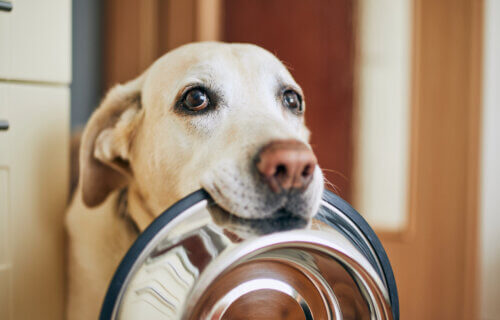
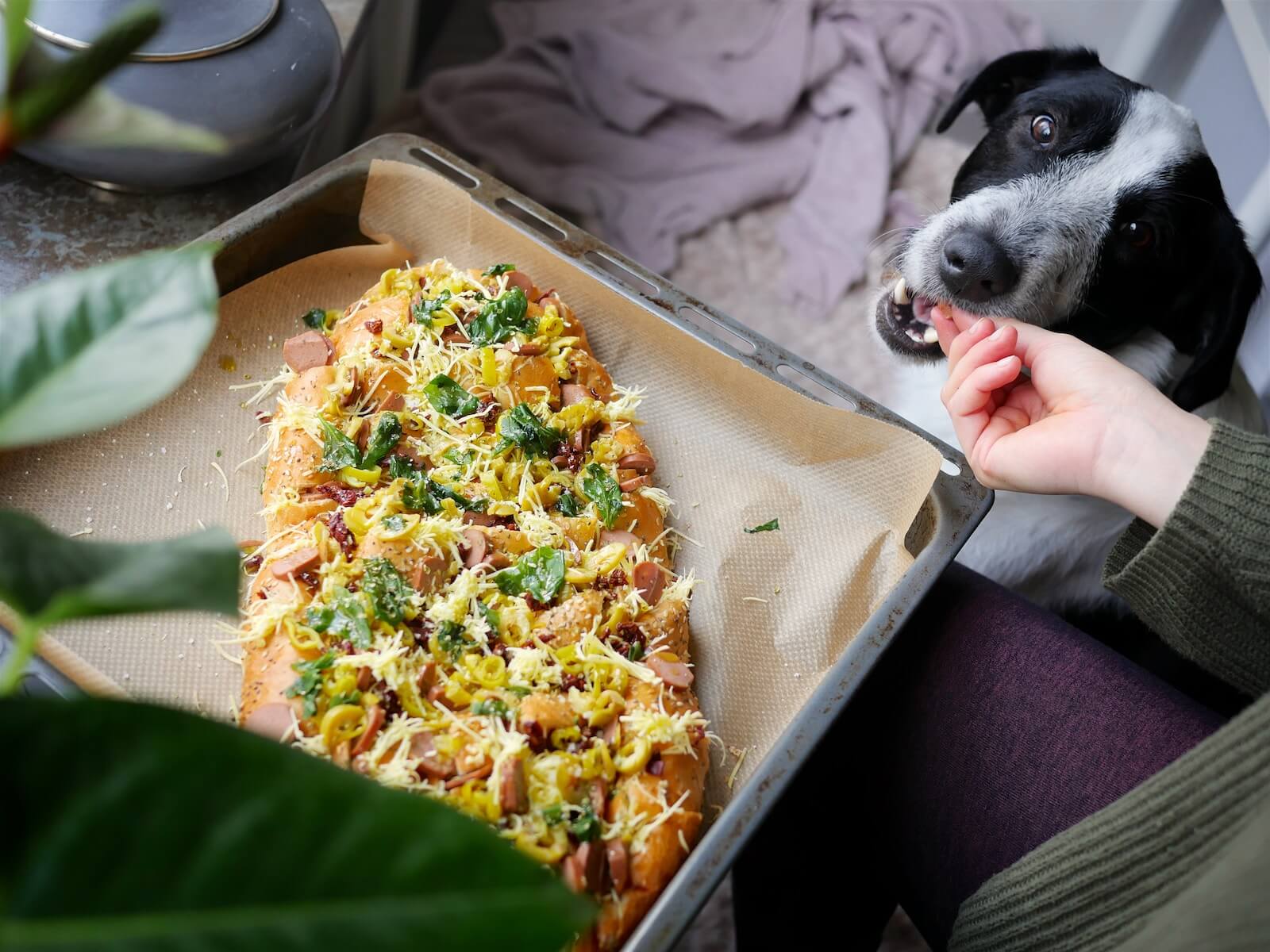
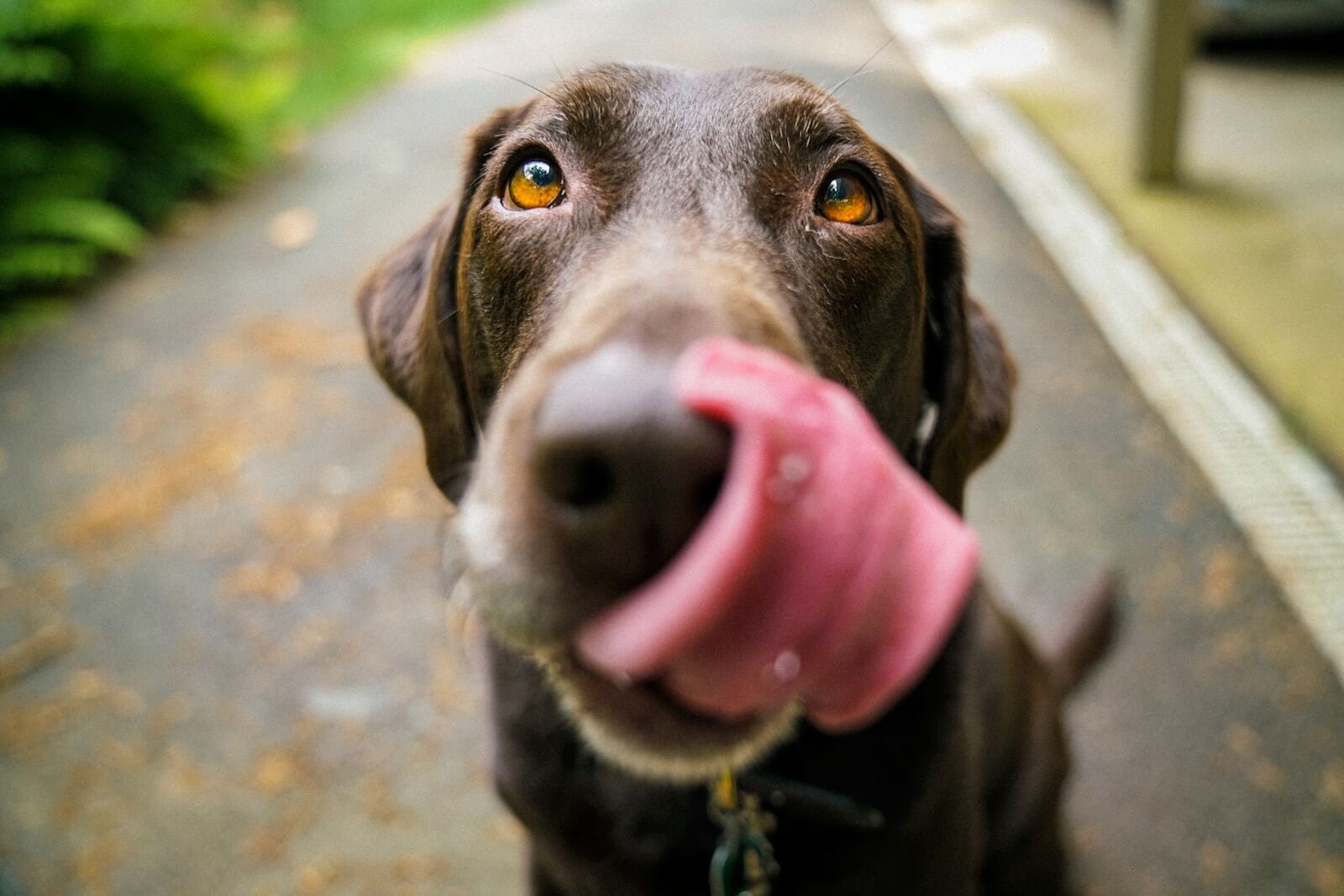

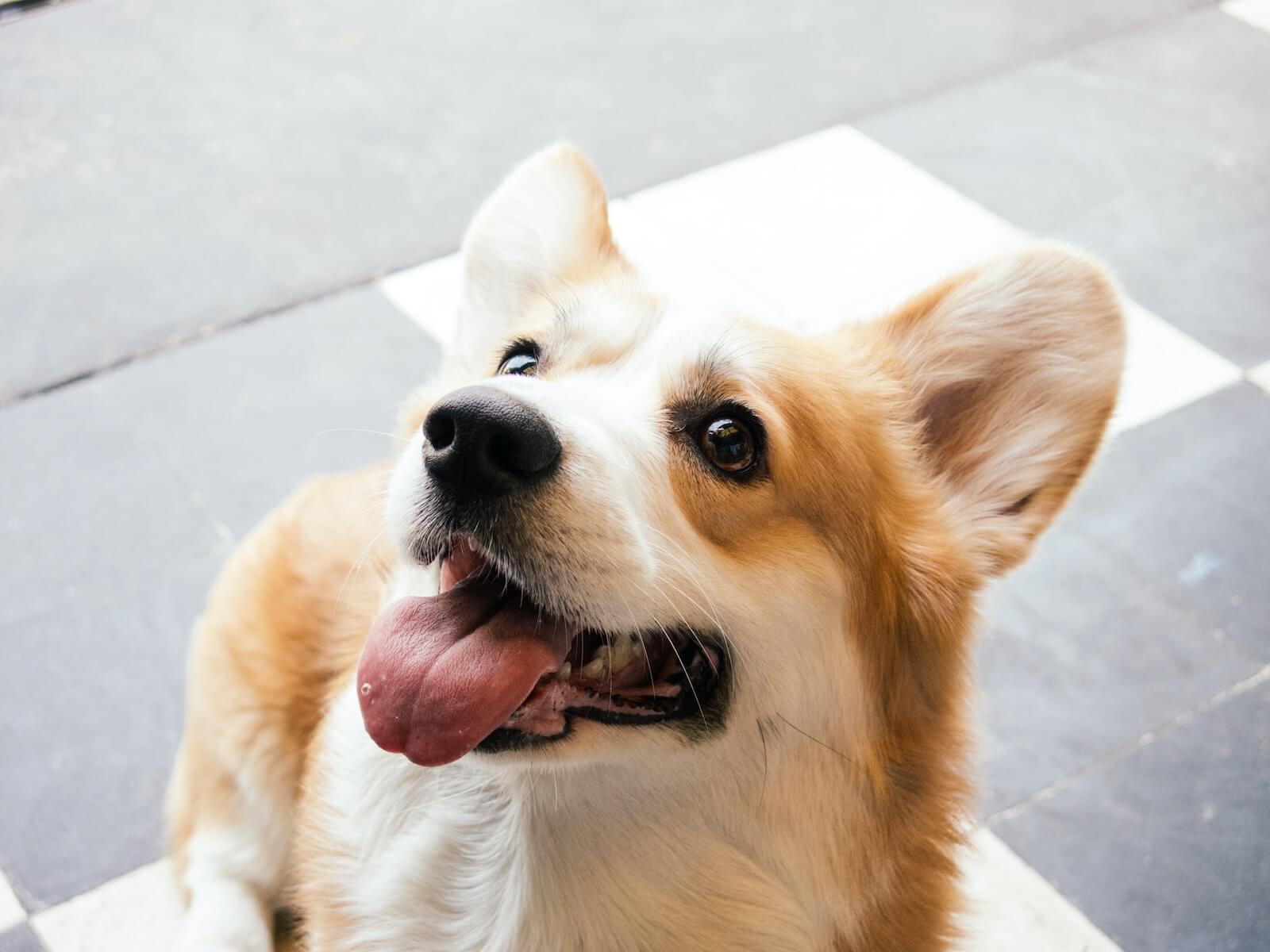
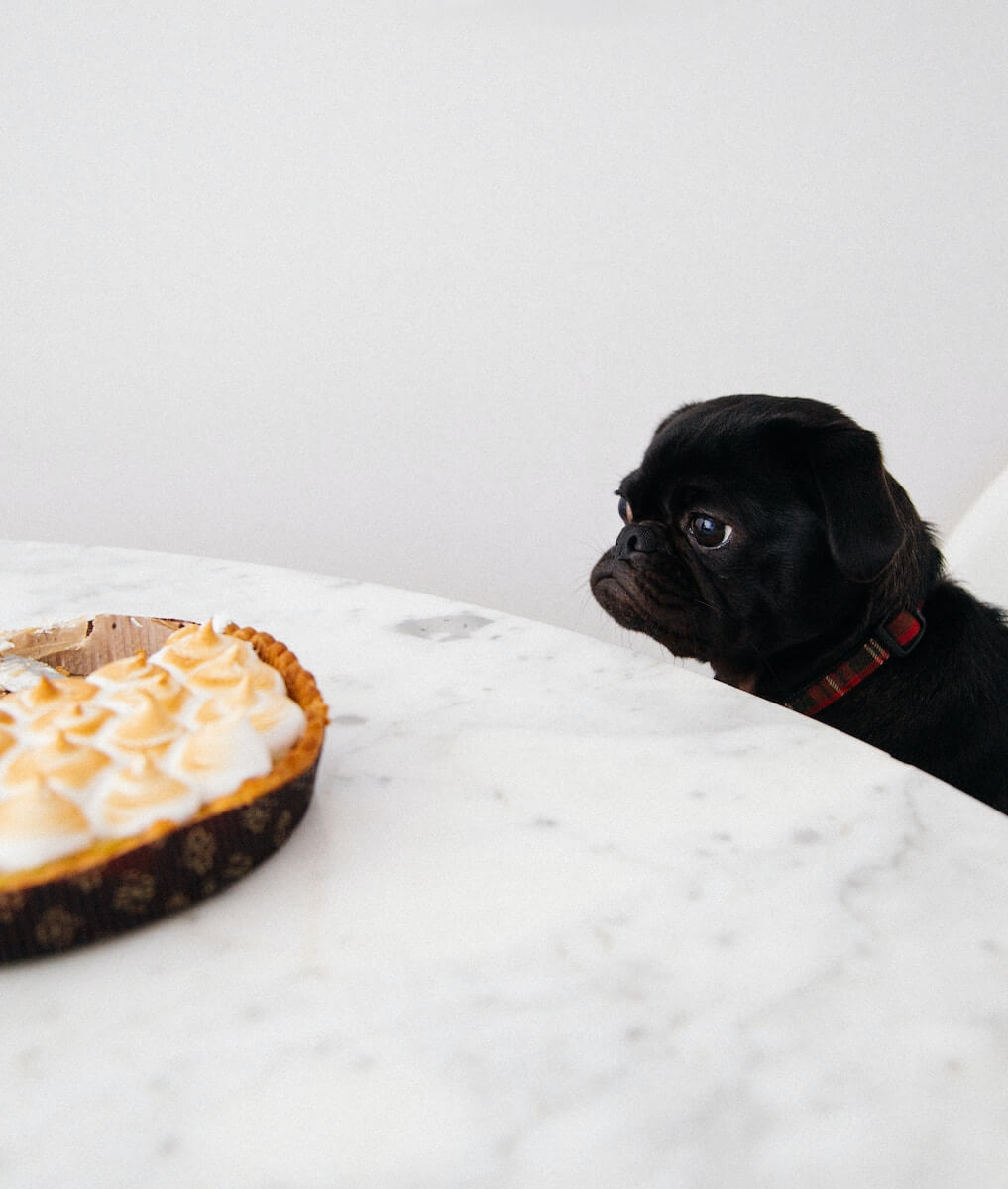


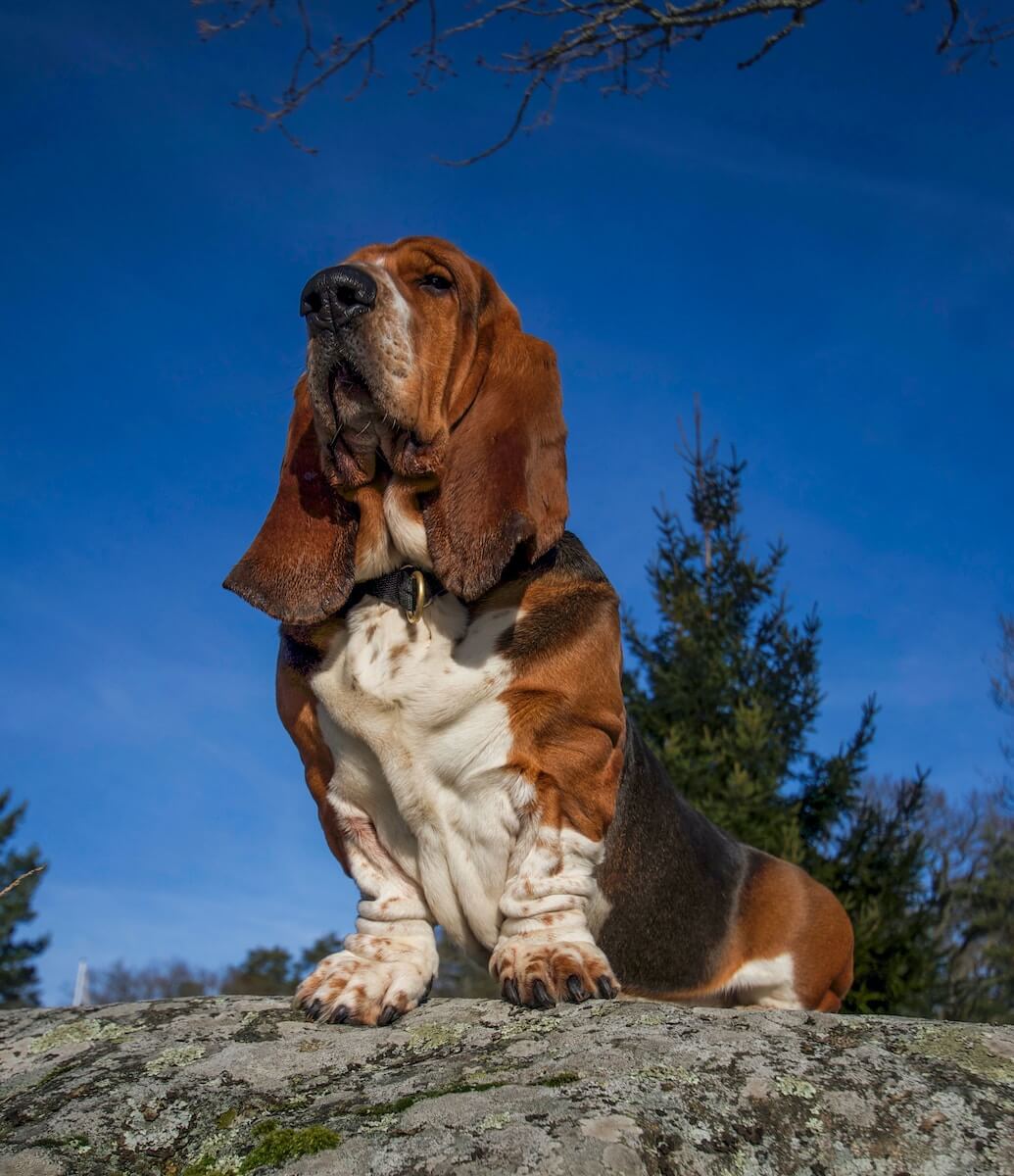
Jack Russell should be on this list. Ours was the laziest puppy around unless food was are. Do not turn your back for one second or the food is gone. Be it a sandwich or celery, yes I had both and more stolen.
We taught or JR not to touch food unleds offered by hand. Ano if anytjing id dropped. We are se m iors and take many harmfull meds for him. We offer him a treat afterwards for not touchinh anything. Dropped.. its saved his lif a feew times
Jeepers, get an iPhone, your typos are terrible.
Boston terrier – omg hungriest dogs I ever seen. They eat mints and all…
Well In my opinion you forgot one dog breed I understand that those are all food obsessed breeds but the Boston terrier is also food obsessed for me if I have an apple a banana some grapes if I’m eating chips if I’m eating cheese When I croutons I have 2 Boston terriers And they bothAre added tension or very close to see if they can get me to give them whatever I have so most of the time I have to share my apple my banana my cheese with themAnd if I don’tThey’ll move closer and closer and closerto me staring at me with their puppy dog eyes so I’m just like here have it I don’t care anymore sometimes it works for them and sometimes it doesn’t but that was just my opinion telling you that you did forget one breed so it’s actually 8 food ObsessedAnd/or obedient Breed
Rottweilers should make this list they’ll do anything for food lol makes em easy to train
Don’t let a dog get food of you by pulling any kind of begging act.
I agree about Boston Terriers, they are such little beggars, when I get ready to eat I feed my Boston at the same time. She’ll take a few bites of her food then realizes I’m eating than stops and comes running to me to beg but I don’t give in then after she eats we share some fruit. She loves that.